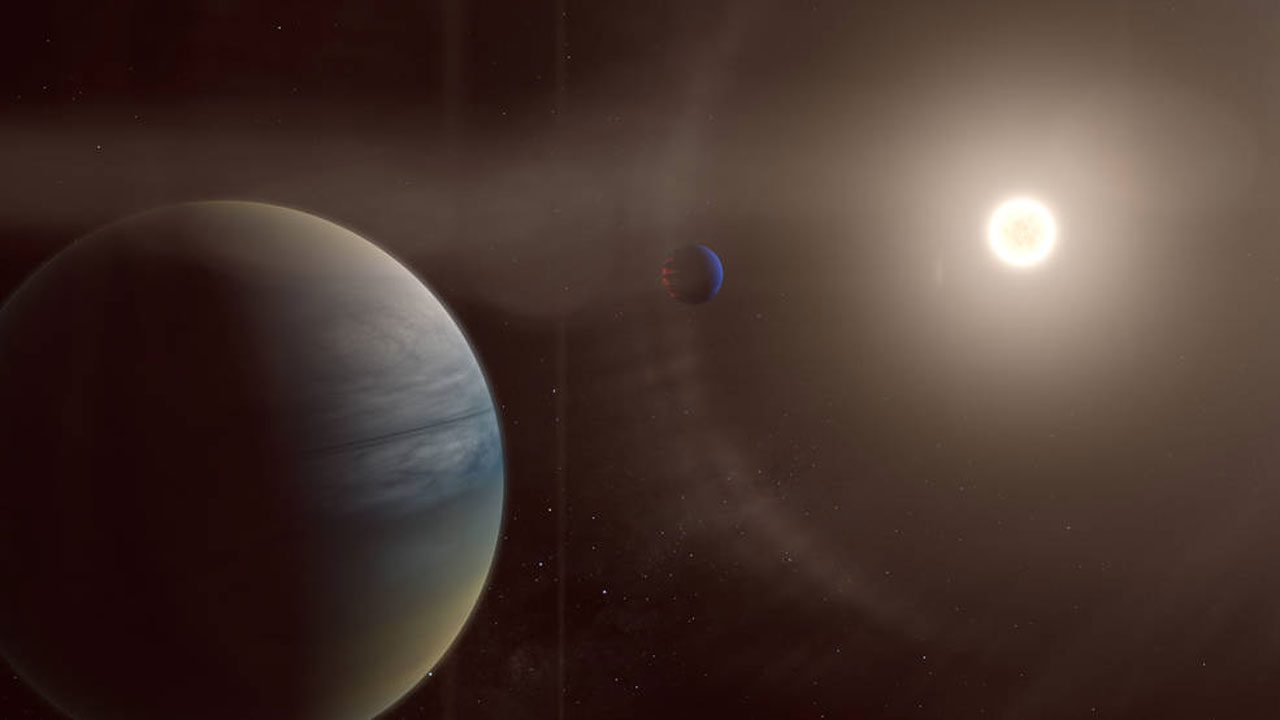Ever wonder how many hidden planets could be lurking out there in the vastness of space, quietly orbiting stars we already know? While scientists have already confirmed the existence of almost 6,000 exoplanets beyond our solar system, it turns out we might be only scratching the surface. Thanks to new methods and ongoing curiosity, astronomers are starting to uncover the possibility of hidden worlds in star systems we thought we knew inside and out.
The Fascination with Exoplanets: Why We Keep Searching
To find an exoplanet, astronomers rely on a few clever tricks, with the “transit method” being the star player. Picture it: an exoplanet slides in front of its star, dimming its light just enough for scientists to take note. This approach has revealed thousands of exoplanets over the years, yet it’s not perfect. If an exoplanet’s orbit doesn’t line up just right, we miss the entire show. And even when everything aligns, the signal can be faint, buried under cosmic noise that even top-tier equipment like the Hubble and James Webb telescopes struggle to isolate.
Dynamic Clues to Unseen Planets
Here’s where things get exciting. Instead of just looking for transit signals, a team of researchers from Australia and the United States proposed a fresh angle. They’re studying the “orbital dynamics” within star systems. In simpler terms, they look at the overall movement and spacing of known planets around a star. If the system appears “loosely packed,” meaning the planets are spread far apart, there could be enough room for a few more planets to cozy up without throwing everything out of whack. But if it’s “densely packed,” then squeezing in even one more planet would be like cramming an extra passenger into an already-full subway car at rush hour—it just wouldn’t work.
Using this method, the researchers ran simulations on seven star systems where NASA’s TESS satellite had already identified two exoplanets. Think of it as a cosmic “what-if” game: they hypothesized the presence of additional planets and calculated whether the systems would remain stable. After running thousands of these hypothetical scenarios, they found that five of these systems could indeed handle a few more planets without veering off course. That doesn’t mean those hidden planets are definitely there, but it does give scientists a solid reason to dig deeper.
Why This Matters: Discovering the Unknown
The implications are huge. Imagine if some of those hypothetical worlds were like Earth, sitting in the “habitable zone”—that sweet spot where temperatures could allow for liquid water. Take the famous TRAPPIST-1 system, for instance. Already boasting seven Earth-sized planets, three of which are in the habitable zone, it’s a prime example of how multi-planetary systems could be holding even more surprises.
This new approach could transform how we prioritize exoplanet searches. Instead of combing through endless data sets from telescopes, astronomers can zero in on systems that seem ripe for additional planets. By narrowing the search this way, researchers can avoid the mind-bending task of sifting through oceans of data—a task that’s only getting more overwhelming as we push our instruments to detect ever-fainter signals.
What’s Next in the Hunt for Hidden Worlds?
The future of exoplanet hunting lies in combining powerful telescopes with innovative models like these. As astronomers continue to refine their search tactics, they’re not just hunting for rocky planets or gas giants but aiming to uncover worlds that could redefine what we know about habitability. Could there be entire Earth-like planets hidden in plain sight, orbiting stars that we gaze at every night?
One thing’s for sure: as technology advances and our methods evolve, the idea of “empty space” in a star system might soon become as outdated as dial-up internet. We’re on the brink of discovering planets we never dreamed could exist, and who knows? The next big discovery might be the cosmic neighbor we’ve been waiting for all along.












Leave a Reply